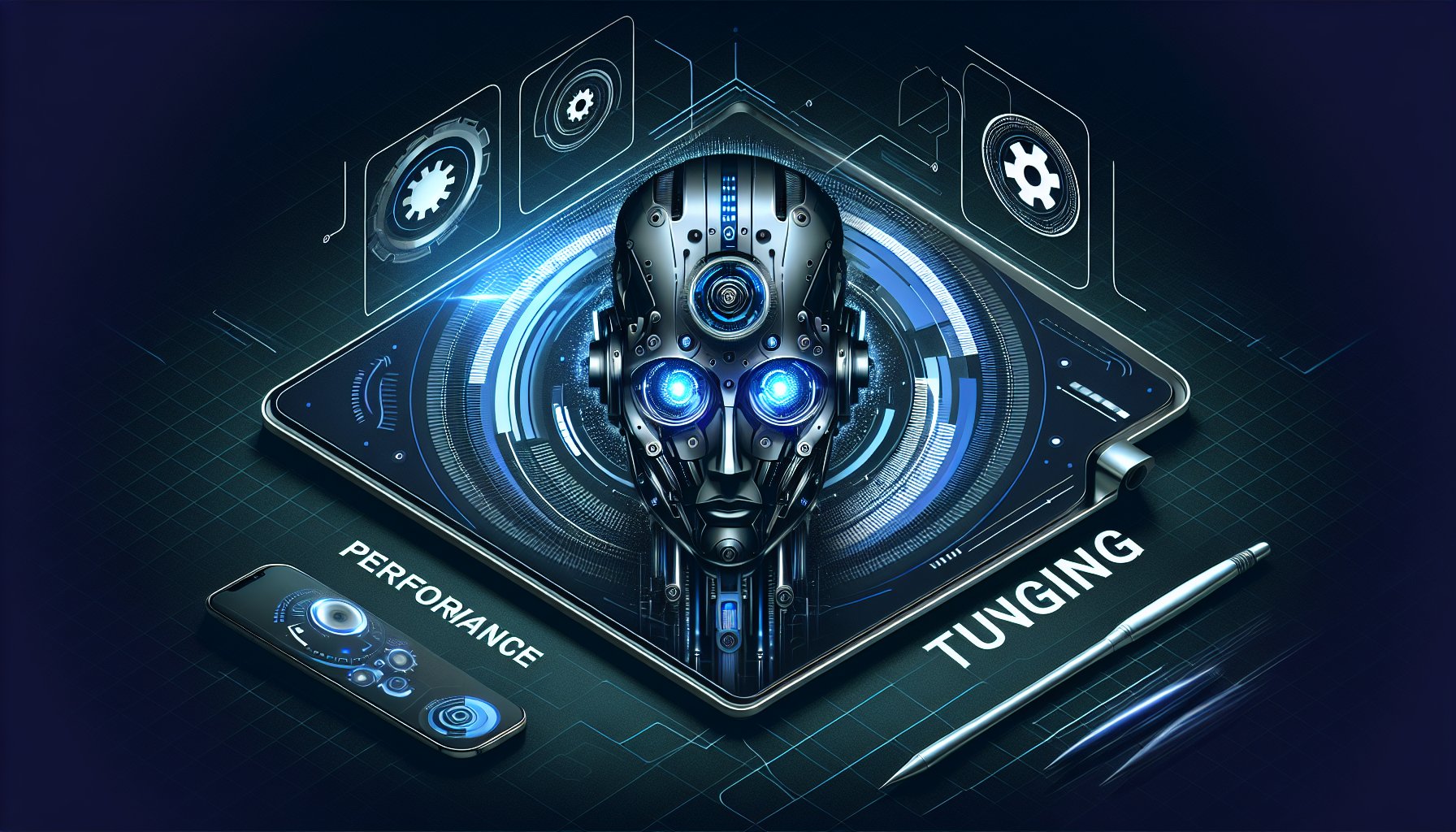Introduction
In the ever-evolving realm of IT development, maintaining optimal performance is more than just a goal—it's a necessity. As we navigate the technological landscape of 2025 and beyond, let's delve into the latest advancements and methodologies for performance tuning, ensuring your applications run at their peak potential.
Embracing Cloud-Native Performance Tuning
Enterprises are increasingly adopting cloud-native technologies, and this shift demands a new approach to performance tuning. Cloud-native applications are designed to reap the benefits of cloud computing models, and performance tuning these applications requires a deep understanding of cloud-specific concepts, like distributed systems, service meshes, and container orchestration.
Code Example: Utilizing Kubernetes for performance tuning
apiVersion: autoscaling/v2beta2
kind: HorizontalPodAutoscaler
metadata:
name: my-application
spec:
scaleTargetRef:
apiVersion: apps/v1
kind: Deployment
name: my-application
minReplicas: 1
maxReplicas: 10
metrics:
- type: Resource
resource:
name: cpu
target:
type: Utilization
averageUtilization: 50
This Kubernetes configuration automatically scales the number of application instances based on CPU utilization, ensuring optimal performance during peak load times.
Leveraging Machine Learning for Performance Tuning
Machine Learning has emerged as a critical tool in performance tuning. Automated Machine Learning (AutoML) can be leveraged to identify performance bottlenecks and optimize system performance by predicting future system behavior based on historical data.
Exploring Edge Computing for Real-Time Performance Optimization
Edge computing brings data processing and computation closer to the source of data, reducing latency and improving performance. By processing data near the edge of your network, you can ensure real-time performance optimization.
Blockchain and Quantum Computing: The Future of Performance Tuning
Blockchain and Quantum Computing represent the future of performance tuning. Blockchain's decentralized nature can be leveraged for distributed performance tuning, while Quantum Computing promises exponential improvements in computational speed, significantly enhancing performance tuning methodologies.
Conclusion
As we venture into 2025 and beyond, it's evident that the future of performance tuning lies in embracing and adapting to evolving technologies such as Cloud Computing, Machine Learning, Edge Computing, Blockchain, and Quantum Computing. Staying ahead of the curve will require continuous learning, experimentation, and implementation of these cutting-edge technologies.
Key Takeaways
- Adopt a cloud-native approach to performance tuning.
- Leverage Machine Learning for data-driven performance optimization.
- Use Edge Computing for real-time performance enhancement.
- Stay updated on emerging technologies like Blockchain and Quantum Computing.
Remember, the goal is not just to keep up with the pace of technological evolution, but to stay one step ahead, ensuring your applications always deliver the best possible performance.
